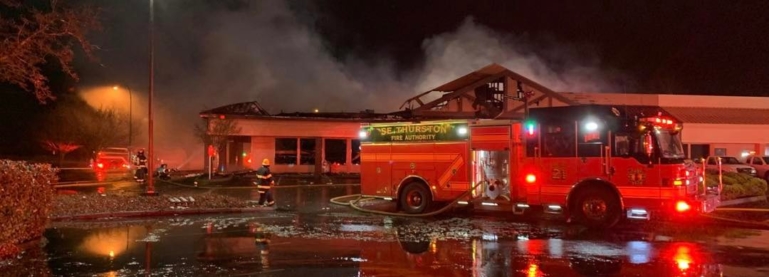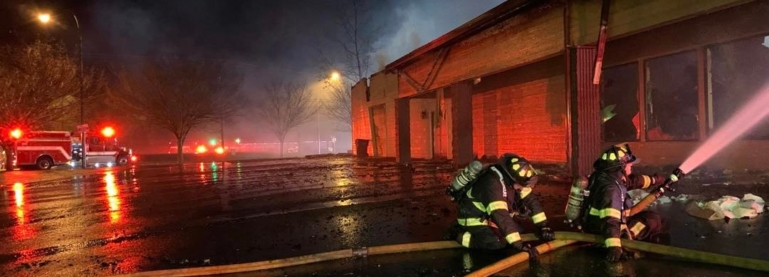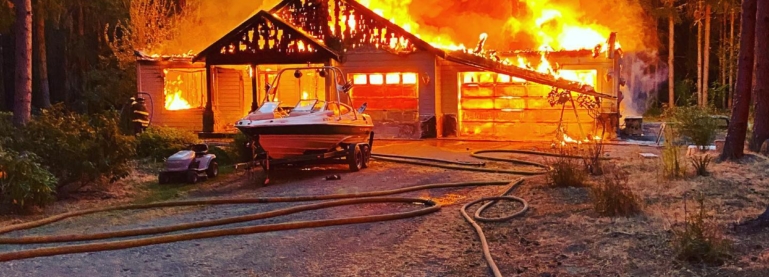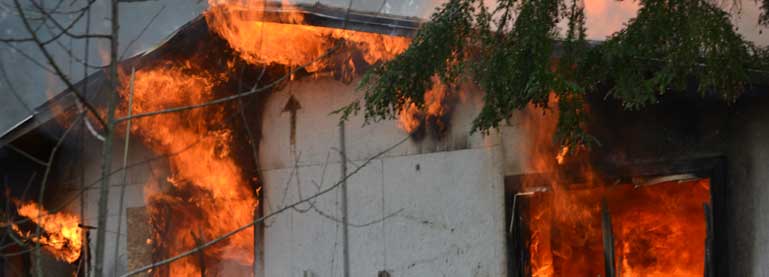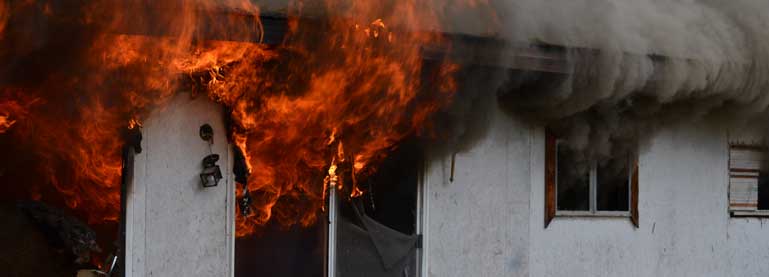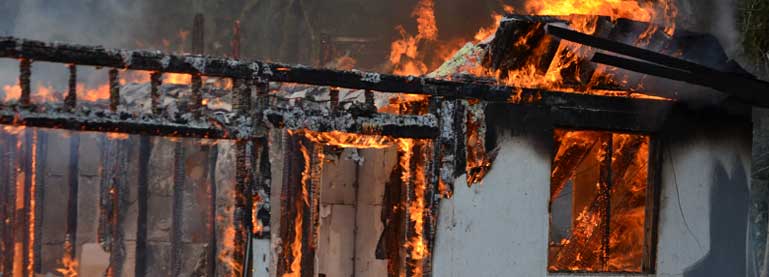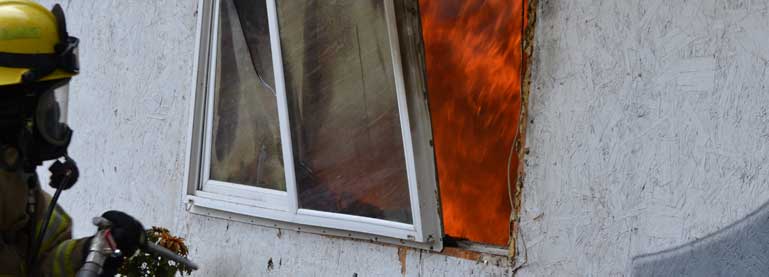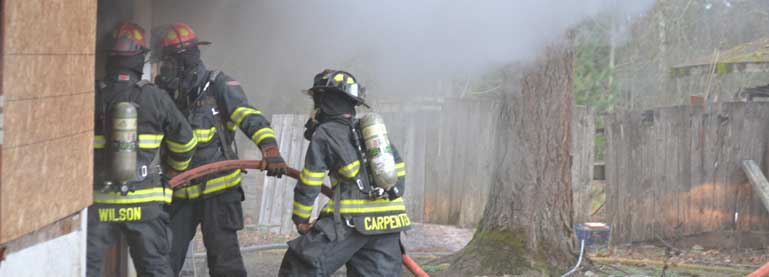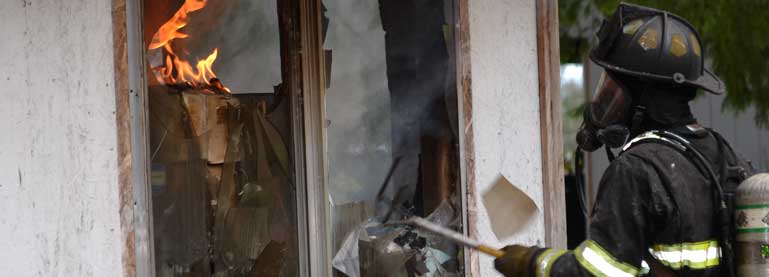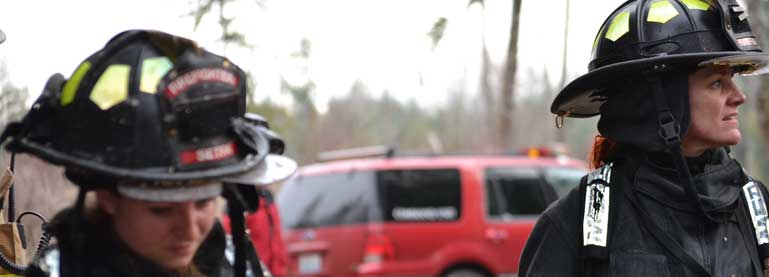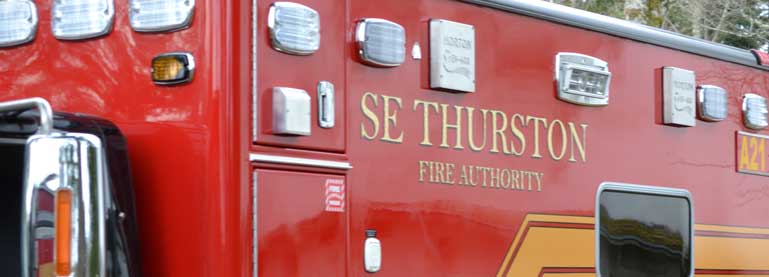Slow down. It is harder to control or stop your vehicle on a slick or snow-covered surface. On the road, increase your following distance enough, so you have plenty of time to stop for vehicles ahead of you.
Don’t crowd a snow plow or travel beside the truck. Snow plows travel slowly, make wide turns, often stop, overlap lanes, and exit the road frequently. If you find yourself behind a snow plow, stay far enough behind it and use caution if you pass the plow.
What to Do in an Emergency
If you are stopped or stalled in wintry weather, stay focused on yourself, your passengers, your car, and your surroundings.
- Stay in your car, and don’t overexert yourself.
- Let your car be seen. Put bright markers on the antenna or windows and keep the interior dome light on.
- Be mindful of carbon monoxide poisoning. Make sure your exhaust pipe is clear of snow, and run your car only sporadically — just long enough to stay warm. Don’t run your car for long periods with the windows up or in an enclosed space.
Stock Your Vehicle
Carry items in your vehicle to handle common winter driving-related tasks and supplies you might need in an emergency, including:
- a snow shovel, broom, and ice scraper;
- abrasive material (sand or kitty litter) in case your vehicle gets stuck in the snow;
- jumper cables, flashlight, and warning devices (flares and emergency markers);
- blankets for protection from the cold; and
- a cell phone and charger, water, food, and necessary medicine.
Gas Up or Plug It In
Keep your gas tank close to full whenever possible.
For electric and hybrid-electric vehicles, decrease the drain on the battery. In general, lithium-ion batteries have reduced energy at lower temperatures.
Plan Your Route
Check your local weather and traffic reports before heading out. If your roads are not in good shape, consider postponing non-essential travel until the roads are cleared. If you have to go out, ensure you are prepared if you become delayed while traveling. If making a long road trip when winter weather is forecasted, consider leaving early or changing your departure to avoid being on the roads during the worst of the storm.
Familiarize yourself with directions and maps before you go—even if you use a GPS—and let others know your route and anticipated arrival time. On longer trips, plan enough time to stop to stretch, get something to eat, check your phone, and change drivers or rest if you feel drowsy.

